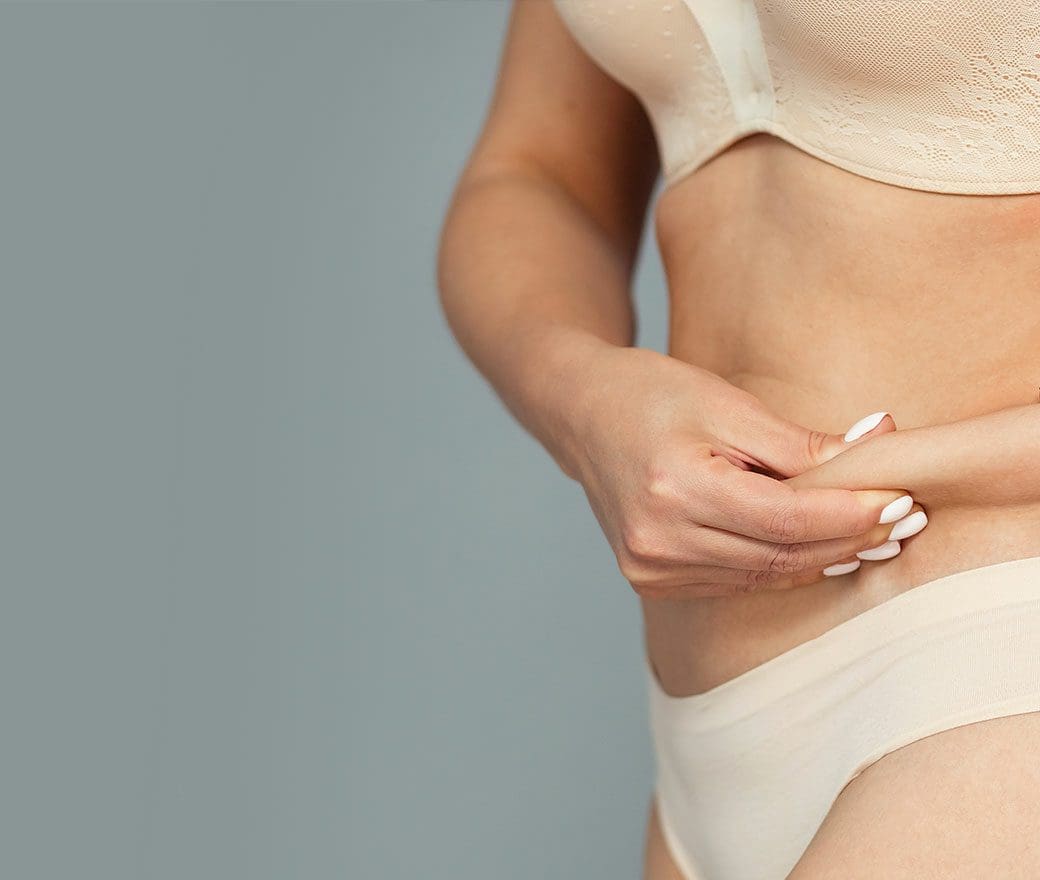Skin Surgery
Fat Transfer
If you wish to decrease unwanted fat in certain parts of the body, while adding volume to specific areas of your face, fat transfer surgery could be the solution you’re searching for.
Book a Consultation Today
If you wish to decrease unwanted fat in certain parts of the body, while adding volume to specific areas of your face, fat transfer surgery could be the solution you’re searching for.
Over time, some parts of the face can change due, losing volume or becoming flatter. At the same time, unwanted fat may accumulate in areas such as the abdomen, back, buttocks, and thighs.
Fat transfer surgery addresses unwanted fat and loss of volume in one procedure, improving contours and revitalising your overall appearance. It’s one of the cosmetic procedures our skilled surgeons perform at North Bristol Private Hospital.
On this page, we look at:
- What is fat transfer surgery
- How fat transfer surgery works
What is Fat Transfer surgery?
Fat Transfer Surgery transfers a patient’s own fat cells to enhance and rejuvenate other parts of the body – normally the face.
It is a cosmetic procedure chosen by patients who want to decrease unwanted fat in specific body areas while restoring or adding more volume to parts of the face.
Fat can be transferred from most parts of the body where there is an excess of fat cells. Many patients prefer the idea of fat transfer as a natural alternative to implants or fillers. The fat that is transferred provides long-lasting results and a boost in circulation to this part of the body.
The face is one area often chosen for fat injections, and this is the type of fat transfer performed by our surgeons at North Bristol Private Hospital.
Heredity, skin type, sun exposure, and lifestyle choices can all cause signs of ageing in the face and neck. Fat transfer injections revitalise these areas, visibly smoothing and plumping your skin.
How Fat Transfer surgery works
A fat transfer procedure works by removing unwanted, excess fat through liposuction and then injecting it into areas where rejuvenation is desired.
The face is a common area chosen for reviving and refreshing using fat injections. Several areas of the face can be treated with a fat transfer, including the cheeks, forehead, nose, chin, under-eye area, jawline, temples, and lips.
A fat transfer, sometimes performed in combination with a face lift, can reduce the appearance of wrinkles, frown lines, or depressions while revitalizing the contours of the face.
In summary, fat transfer injections can effectively:
- Plump up sunken cheeks and wrinkles on the face
- Minimise acne scarring and other scarring on the face
Frequently asked questions
Fat transfer may be performed under local anaesthesia. However, for procedures involving large or several areas of the body, you may be under general anaesthesia.
A special medicated fluid called tumescent fluid is injected into the areas that will be treated with liposuction. This fluid expands the tissues, making it easier to remove fat cells. It also numbs the treatment area and minimizes bleeding.
Once a large volume of tumescent fluid is injected into the treatment area, you will rest for several minutes while the area becomes completely numb.
As you grow older some areas of your face may flatten or lose volume. Fat grafting is a viable method to enhance most facial areas.
Depending on how your Fat Transfer procedure is performed, you should be ready to go home the same day. You may also be prescribed medication to manage your pain for the first few days and as needed while healing. It is normal to feel swollen and bruised for about 1-2 weeks afterwards. You should avoid strenuous activities for the first few weeks, but you are encouraged to walk to prevent blood clots.
 View all Google Reviews
View all Google Reviews

 Site by
Site by 